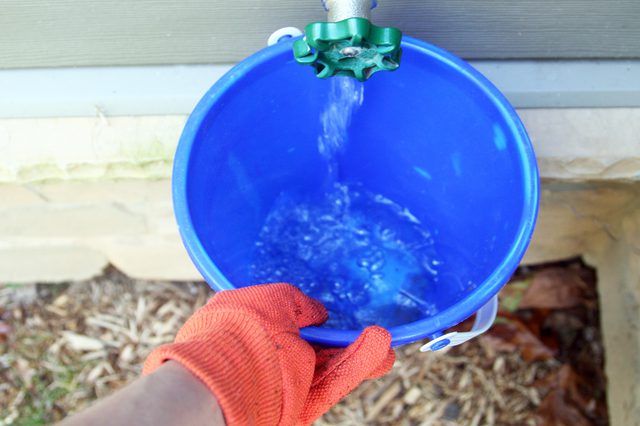Bulbs
Flower Basics
Flower Beds & Specialty Gardens
Flower Garden
Garden Furniture
Garden Gnomes
Garden Seeds
Garden Sheds
Garden Statues
Garden Tools & Supplies
Gardening Basics
Green & Organic
Groundcovers & Vines
Growing Annuals
Growing Basil
Growing Beans
Growing Berries
Growing Blueberries
Growing Cactus
Growing Corn
Growing Cotton
Growing Edibles
Growing Flowers
Growing Garlic
Growing Grapes
Growing Grass
Growing Herbs
Growing Jasmine
Growing Mint
Growing Mushrooms
Orchids
Growing Peanuts
Growing Perennials
Growing Plants
Growing Rosemary
Growing Roses
Growing Strawberries
Growing Sunflowers
Growing Thyme
Growing Tomatoes
Growing Tulips
Growing Vegetables
Herb Basics
Herb Garden
Indoor Growing
Landscaping Basics
Landscaping Patios
Landscaping Plants
Landscaping Shrubs
Landscaping Trees
Landscaping Walks & Pathways
Lawn Basics
Lawn Maintenance
Lawn Mowers
Lawn Ornaments
Lawn Planting
Lawn Tools
Outdoor Growing
Overall Landscape Planning
Pests, Weeds & Problems
Plant Basics
Rock Garden
Rose Garden
Shrubs
Soil
Specialty Gardens
Trees
Vegetable Garden
Yard Maintenance
How to Store Dahlia Bulbs in Winter
How to Store Dahlia Bulbs in Winter. Dahlias (Dahlia spp.) are prized in many home gardens for their large, intricate blossoms. Available in a large range of colors and in giant and dwarf varieties, dahlias grace summer gardens throughout the United States. Hardy in U.S. Department of Agriculture plant hardiness zones 7 through 10, the bulbs --...
Dahlias (Dahlia spp.) are prized in many home gardens for their large, intricate blossoms. Available in a large range of colors and in giant and dwarf varieties, dahlias grace summer gardens throughout the United States. Hardy in U.S. Department of Agriculture plant hardiness zones 7 through 10, the bulbs -- which are actually tuberous roots -- must be properly dug and stored over winter in cooler climates. Proper storage ensures that they survive the cold months undamaged. Dahlias are then replanted in the garden the next year to bloom again.
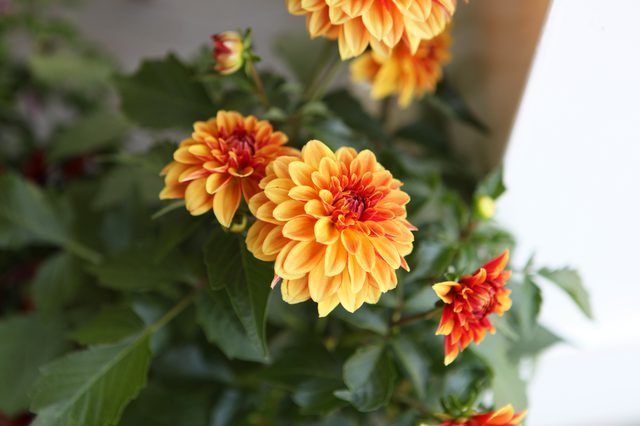
Things You'll Need
Shears
Household disinfectant
Garden fork
Spade
Mesh bag
Box
Peat moss
Knife
Bucket
Step 1
Cut back dahlia stems to 6 inches tall after the first autumn frost blackens the leaves. Use sharp shears and sterilize the blades with household disinfectant before and after you cut back stems and remove remaining leaves. Dig dahlias immediately after the first frost. Additional frosts can permanently damage the roots.
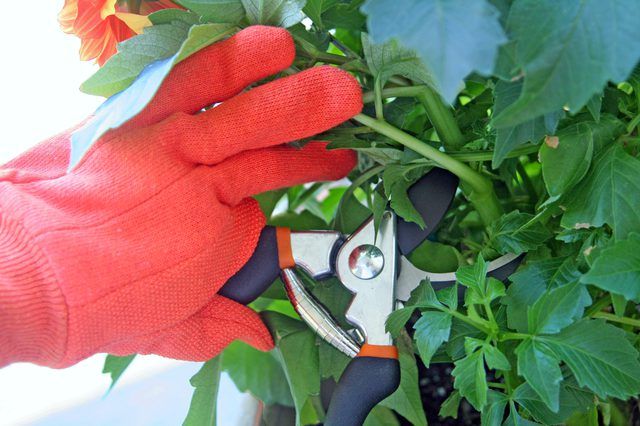
Step 2
Loosen the soil around the dahlia using a hand-held garden fork. Leverage a spade under the dahlia and gently lift its tuberous roots from the soil.
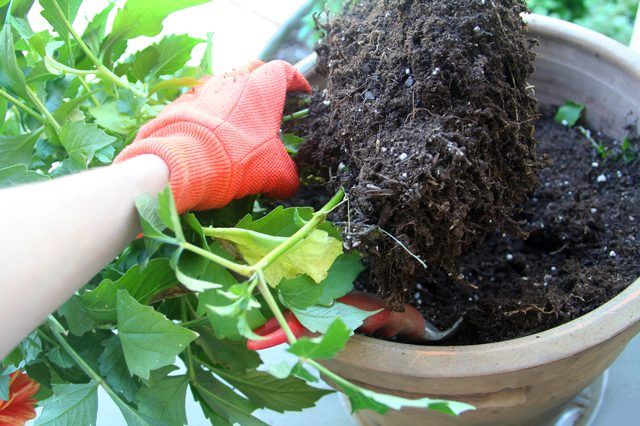
Step 3
Hang the bulbs with the stems pointing down in a dry place for two weeks. Place them in mesh bags to keep the stems in place and allow air flow around the bulbs.
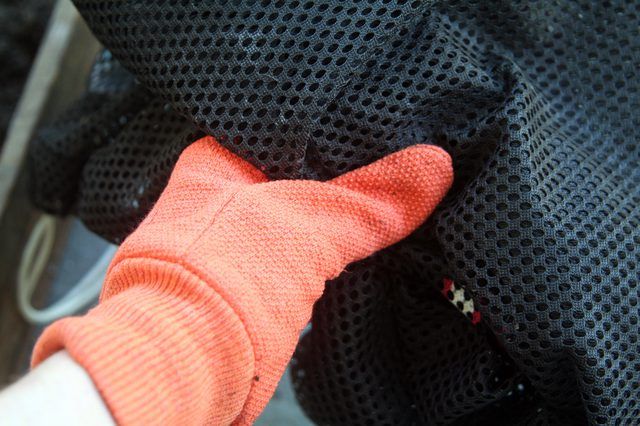
Step 4
Fill boxes with dry peat moss. Place the bulbs in the peat moss so they aren't touching one another. Store in a dry, dark place at a temperature between 40 and 45 degrees Fahrenheit. Substitute dry vermiculite for peat moss if it is available.
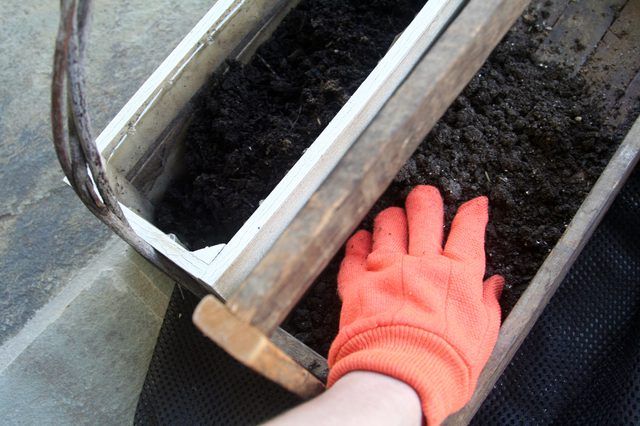
Step 5
Check the bulbs every two to four weeks. Look for soft spots, shriveling or other signs of disease or rot. Cut off any damaged parts with a sharp, clean knife sterilized with household disinfectant before and after you cut damage away.
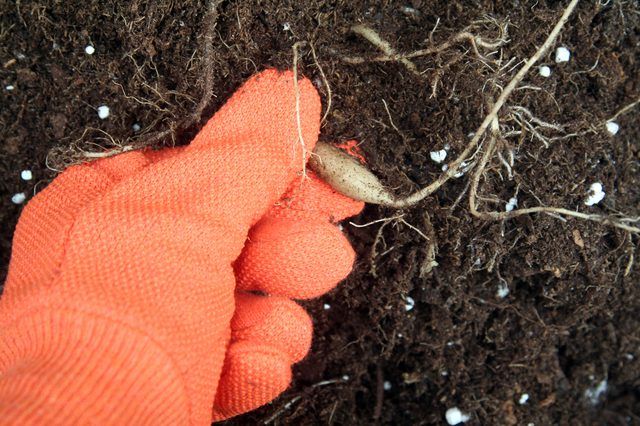
Step 6
Place any cut bulbs that have begun to shrivel in a bucket of water for 12 hours to rehydrate. Hang them for an additional two weeks so that excess moisture dries. Then return the dahlias to storage.
